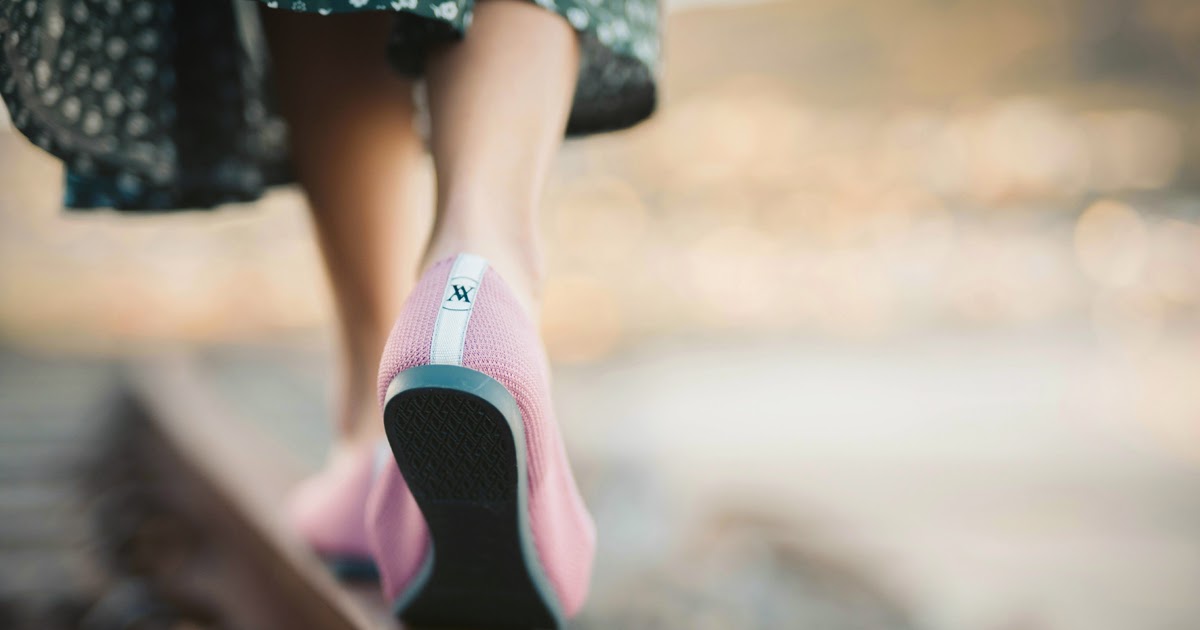
Photo: Taryn Elliott
Wearing the wrong shoes for too long can lead to foot pain, blisters, and even bigger problems like back pain or joint issues. So, what exactly makes a shoe good for your feet? Let’s go over the key things to look for when choosing the right pair.
Why Shoe Support Matters
Your feet do a lot of work. They carry your entire body weight, absorb shock when you walk or run, and help you balance. If your shoes don’t give your feet enough support, they have to work harder than they should, which can lead to pain and discomfort.
Good shoes help:
- Keep your feet in a natural position
- Reduces pressure on certain areas
- Absorbs impact to protect your joints
- Prevent common foot problems like bunions and heel pain
That’s why picking the right shoes is more important than just choosing a pair that looks nice.
Photo: José Martin Segura Benites
Key Features of a Supportive Shoe
Not all shoes are made the same. Some are designed with comfort and support in mind, while others focus more on fashion. If you want to keep your feet happy, here are the most important features to look for in a good pair of shoes.
1. Arch Support
2. Cushioning
Good cushioning helps absorb shock when your feet hit the ground. This is especially important if you spend a lot of time walking or standing. Shoes with good cushioning reduce pressure on your feet and make each step feel more comfortable.
3. A Proper Fit
Shoes that are too tight can cause blisters, while shoes that are too loose can lead to foot strain. The right shoes should fit snugly without squeezing your toes. There should also be about a thumb’s width of space between your longest toe and the front of the shoe to allow for natural movement.
4. A Firm but Flexible Sole
A good shoe should bend slightly where your toes naturally bend but still be firm enough to provide stability. If a shoe is too stiff, walking can feel uncomfortable. If it’s too soft, your feet won’t get the support they need.
5. A Deep Heel Cup
The heel cup is the part of the shoe that holds your heel in place. A deep heel cup helps stabilize your foot and prevents unnecessary movement that could lead to pain or injuries.
6. Breathable Material
Shoes made from breathable materials like mesh or leather allow air to flow, keeping your feet cool and dry. This helps prevent sweaty feet, blisters, and fungal infections like athlete’s foot.
Photo: Gül Işık
What Happens When You Wear the Wrong Shoes?
If you’ve ever worn shoes that didn’t fit well, you know how painful it can be. But long-term use of unsupportive shoes can cause even bigger problems, including:
- Heel pain: Often caused by lack of cushioning, leading to conditions like plantar fasciitis.
- Bunions: Painful bumps on the side of your big toe caused by tight or narrow shoes.
- Knee and back pain: Poor foot support can throw off your posture, affecting your knees, hips, and back.
- Blisters and calluses: Friction from ill-fitting shoes can cause painful skin problems.
That’s why choosing the right shoes isn’t just about comfort – it’s about protecting your overall health.
Finding the Right Shoes for You
Now that you know what to look for, how do you actually find the right shoes? Let these tips assist you in making the right choice:
1. Know Your Foot Type
Everyone’s feet are different. Feet come in different shapes, some with high arches and some that are flat. If you’re not sure what kind of support you need, a podiatrist can help you figure it out.
2. Try Shoes on at the End of the Day
Your feet swell slightly throughout the day, so it’s best to try on new shoes in the evening when they’re at their largest. This helps ensure a comfortable fit all day long.
3. Walk Around in Them
Don’t just stand in new shoes – walk around to see how they feel. Make sure your heel stays in place and that there’s enough room for your toes to move.
4. Choose Quality Over Looks
5. Replace Worn-Out Shoes
Even good shoes wear out over time. If your shoes feel less supportive, have uneven tread wear, or no longer feel comfortable, it’s time to replace them.
Photo: Athena Sandrini
Taking Care of Your Feet
Wearing the right shoes is just one part of keeping your feet healthy. Other simple habits can help, too:
‣ Stretch your feet and ankles daily to keep them flexible.
‣ Keep your toenails trimmed to avoid discomfort in tight shoes.
‣ Wear moisture-wicking socks to prevent sweaty feet and blisters.
‣ Give your feet a break by switching up your shoes – don’t wear the same pair every single day.
Summary…
https://blogger.googleusercontent.com/img/b/R29vZ2xl/AVvXsEgMsYM20LrBrt36e9Yg7Gq4ILYO9GbKoLSfd-GCreW7JXs0BGPCfwjtYyPsKLsVkQrQ72BJdZQGt631QNCoaBnmRzjtnE7twD09AFsZrLOEwkAoLim7Es8SlBMrrqwKy9dYAwy7XlDPKjnUcUW1Dw102nBP-4WalYwLU93-F1cAgRqkjf91I8KjwvQhD5kx/w1200-h630-p-k-no-nu/lizbreygel-how-to-pick-supportive-shoes-pain-relief-3.jpg
2025-02-27 12:09:00

